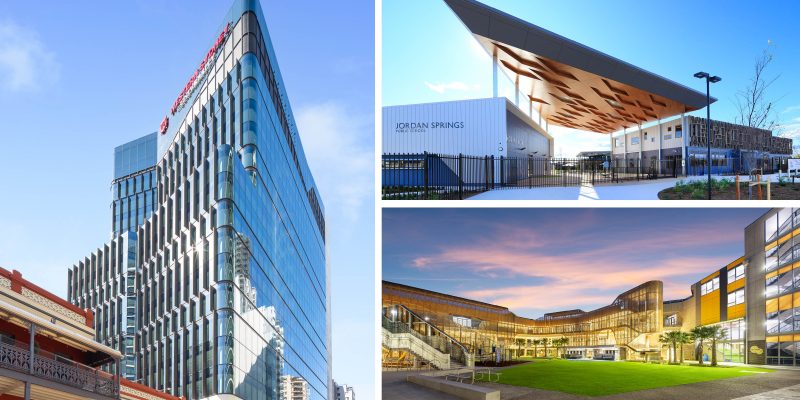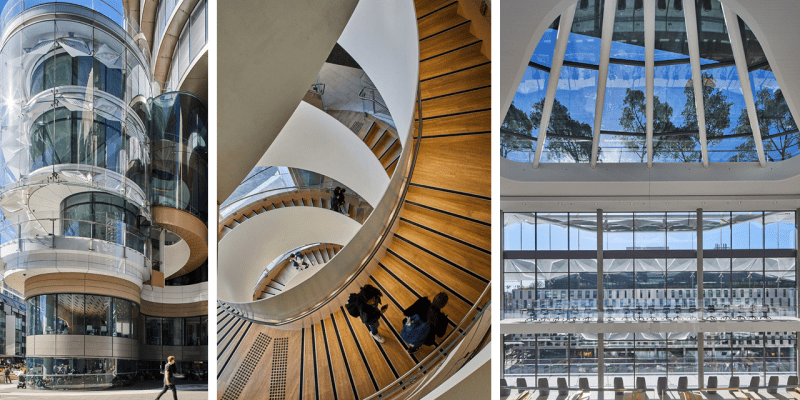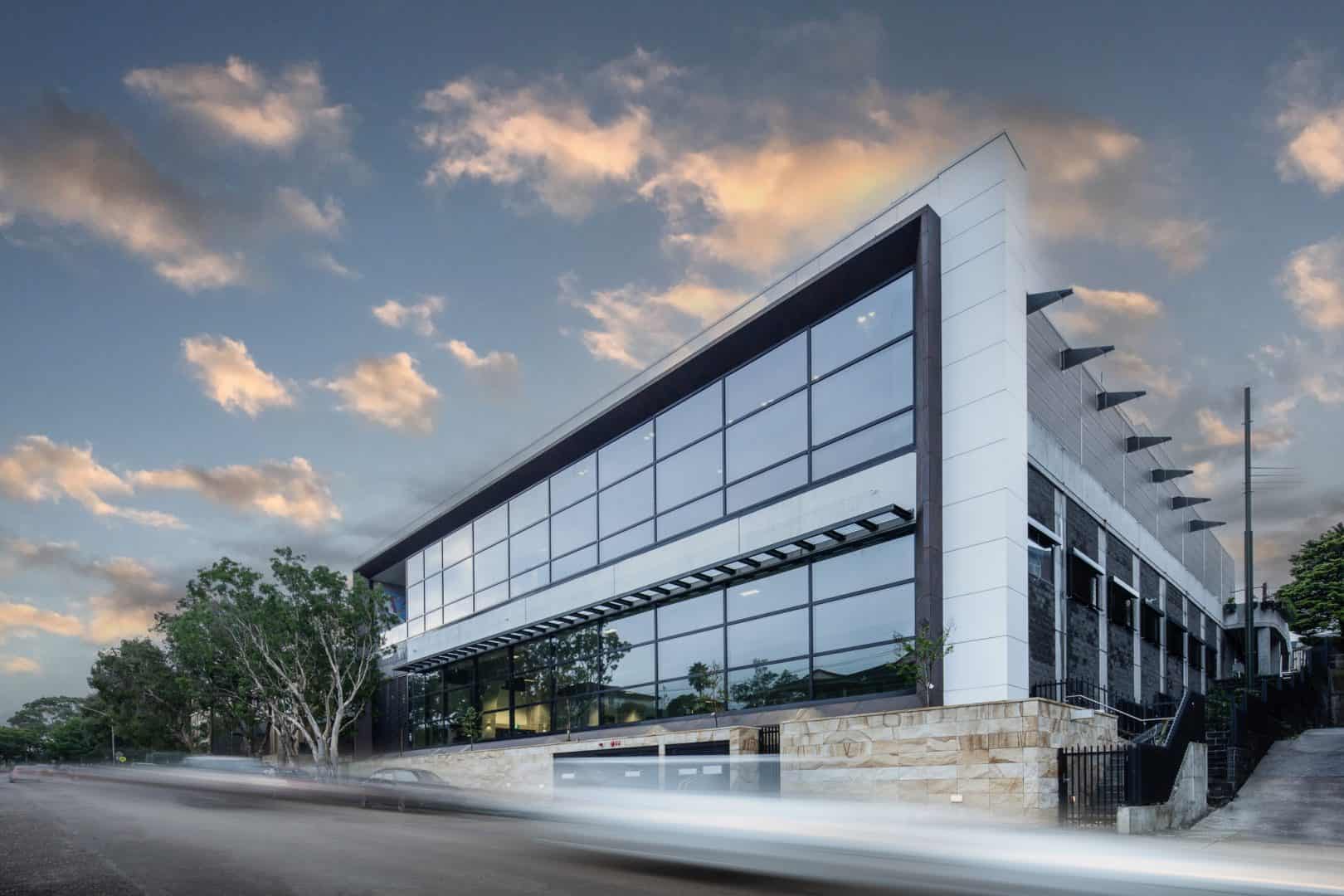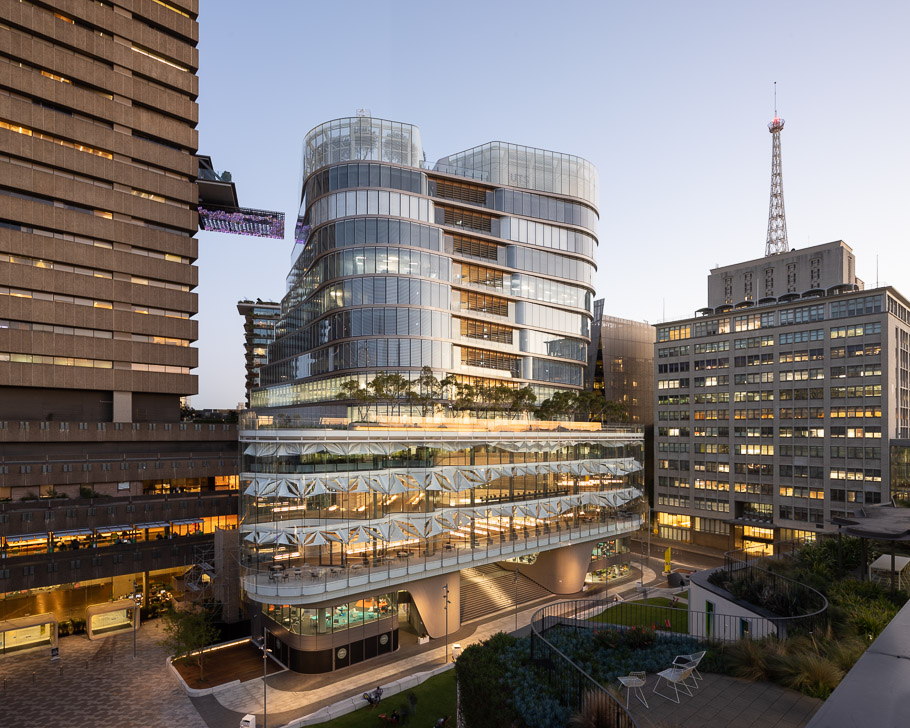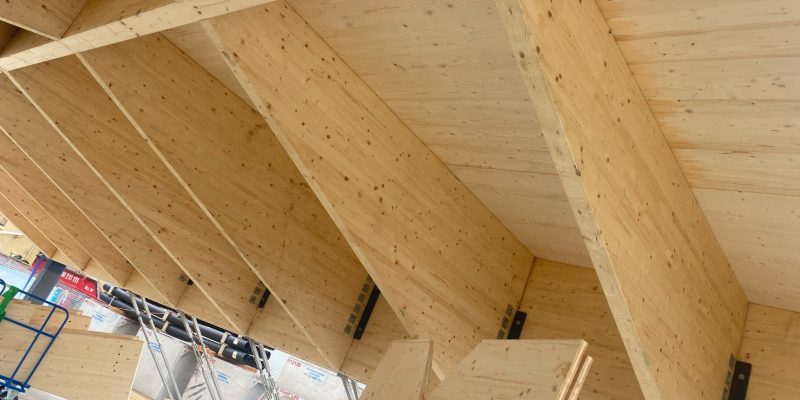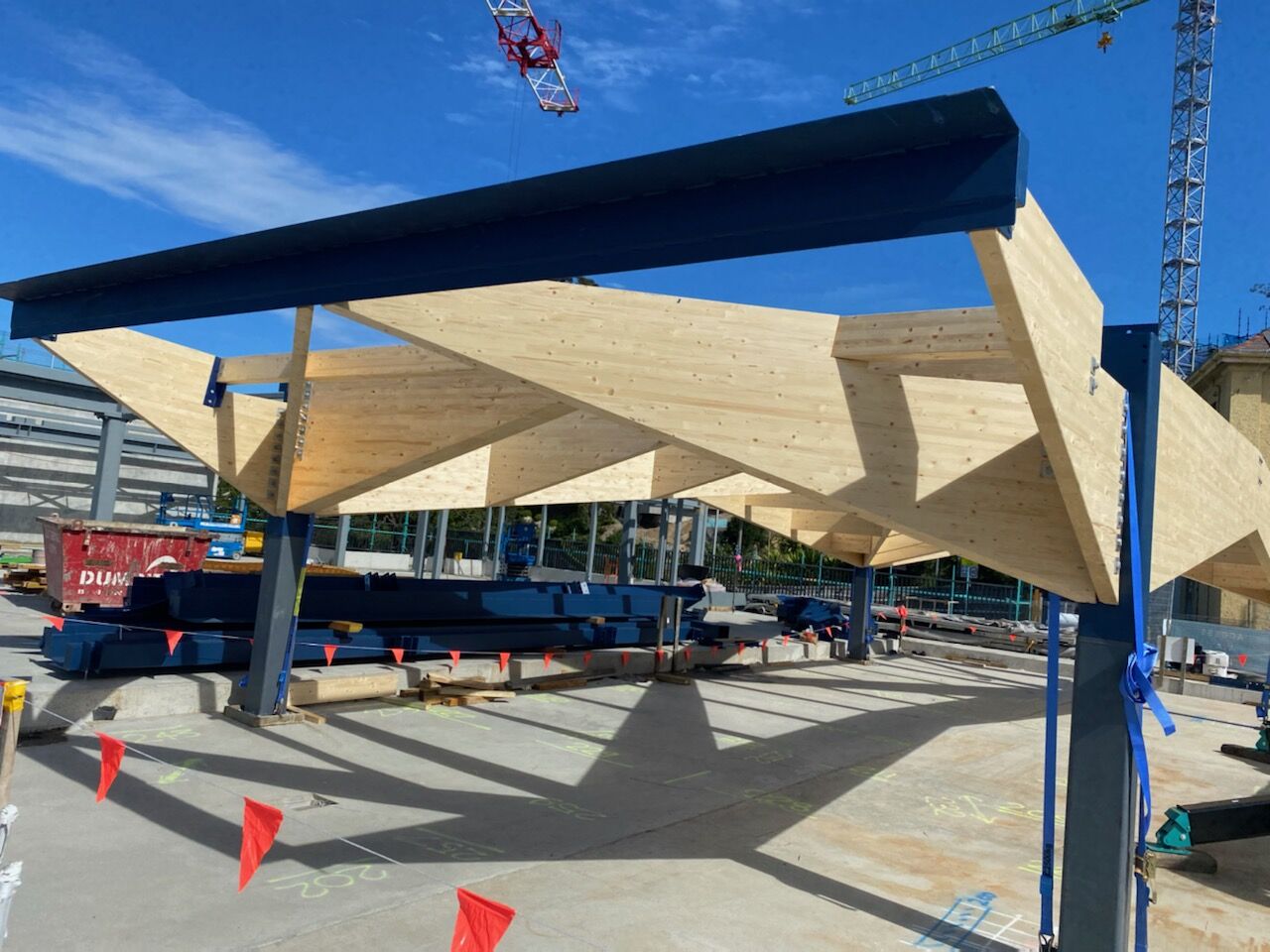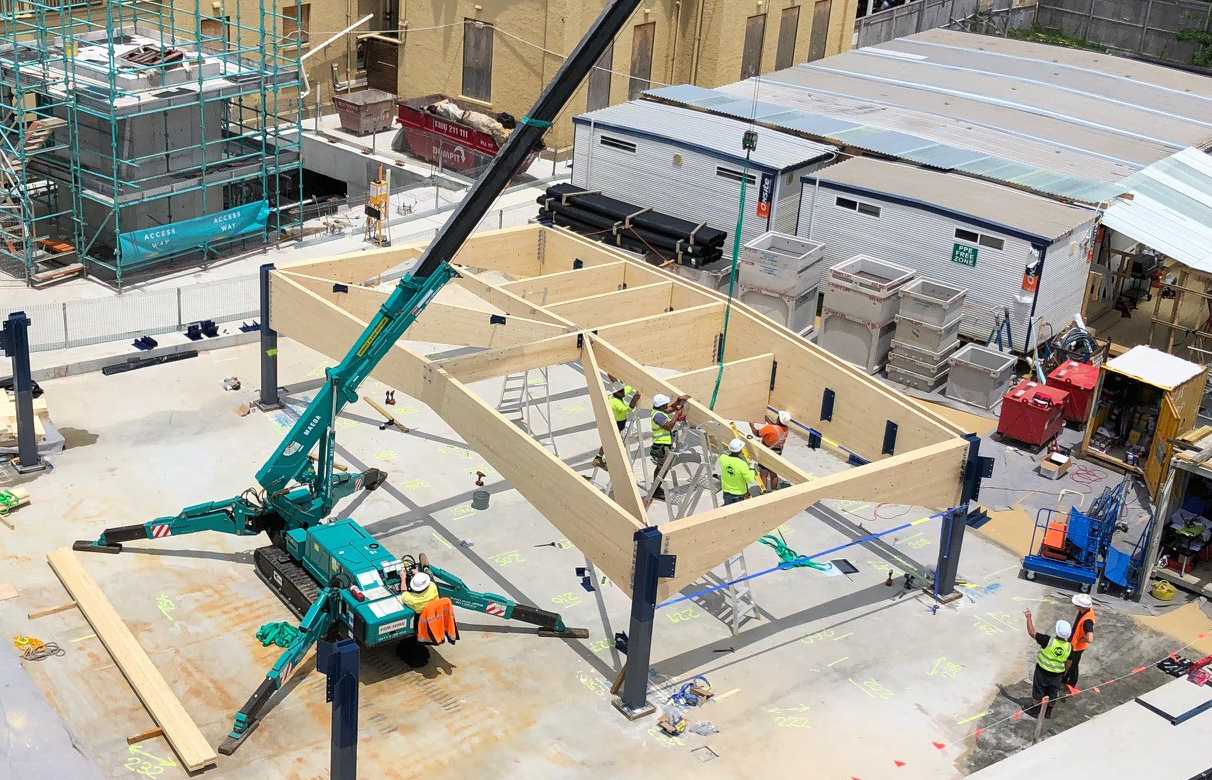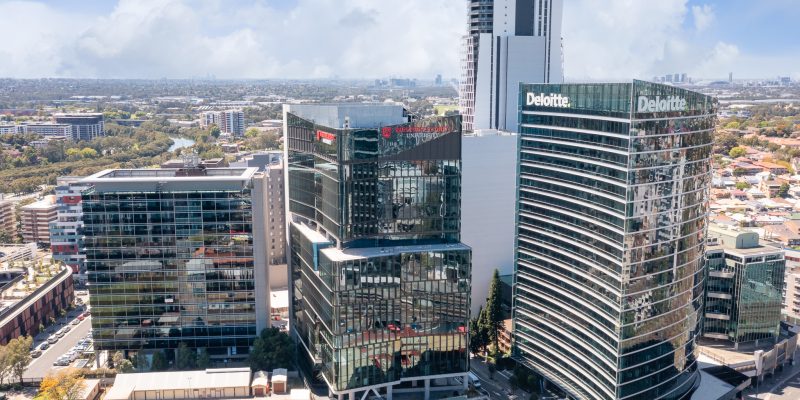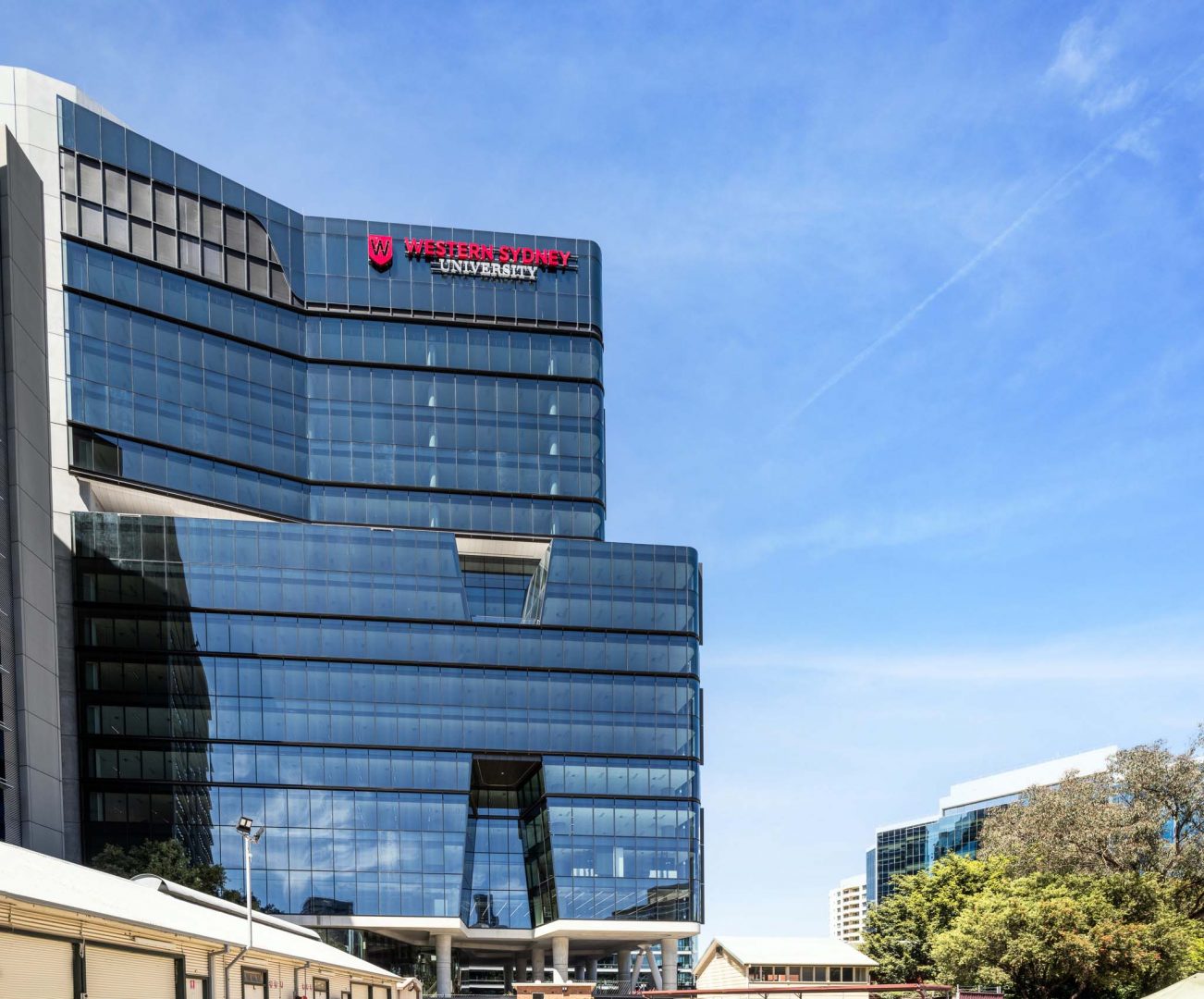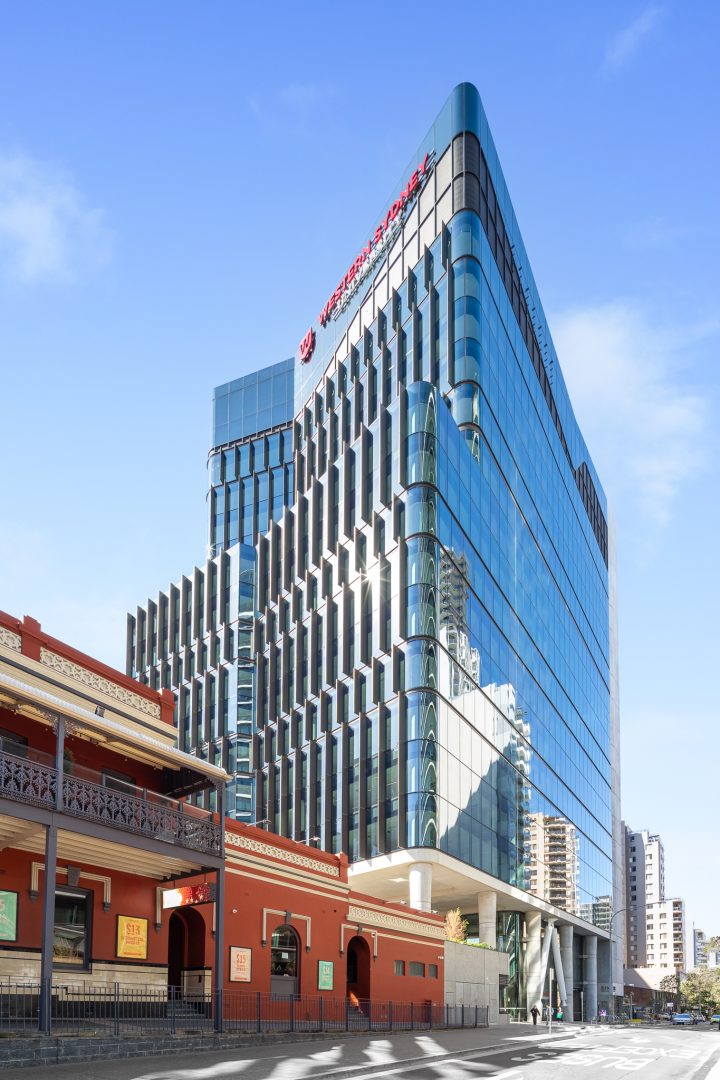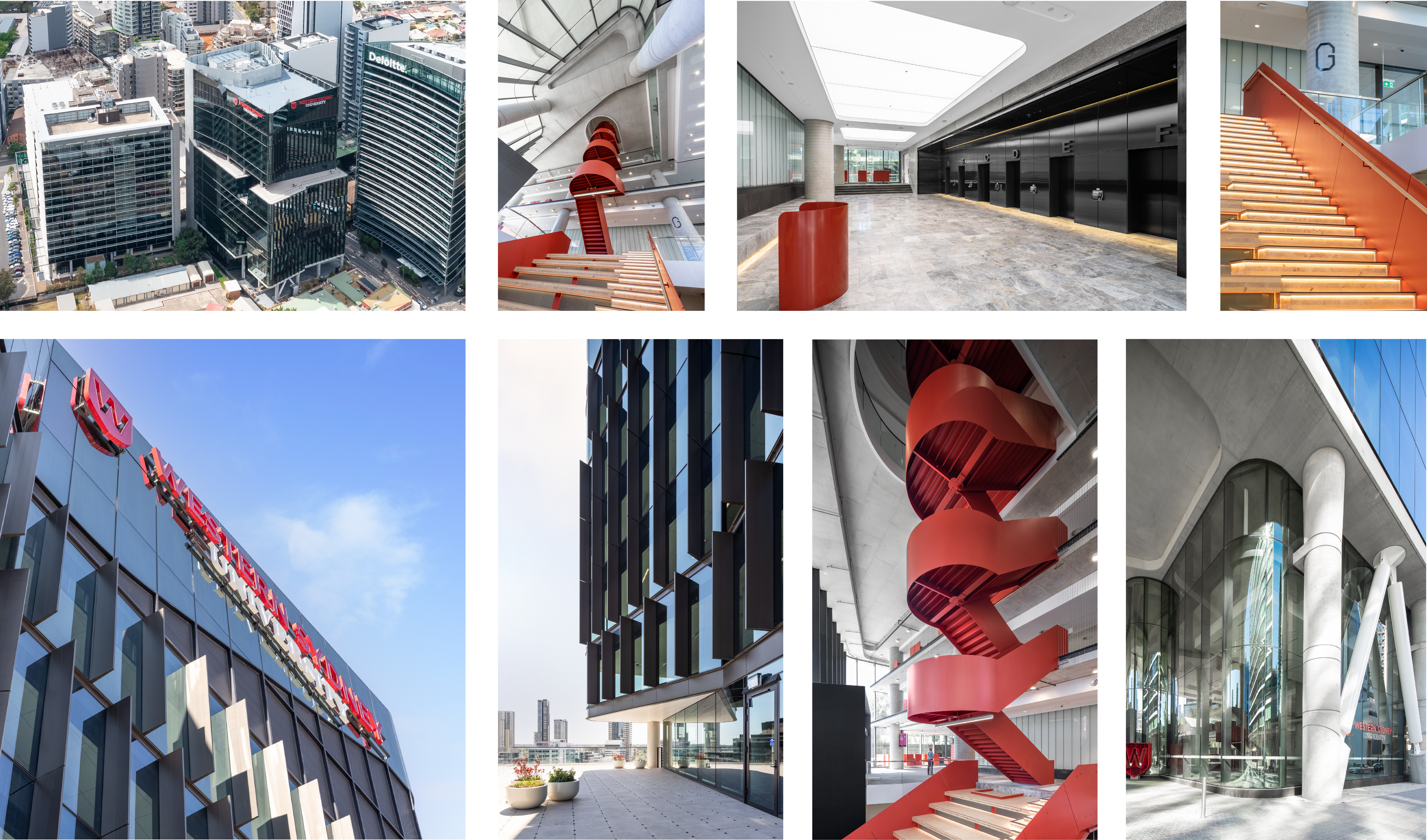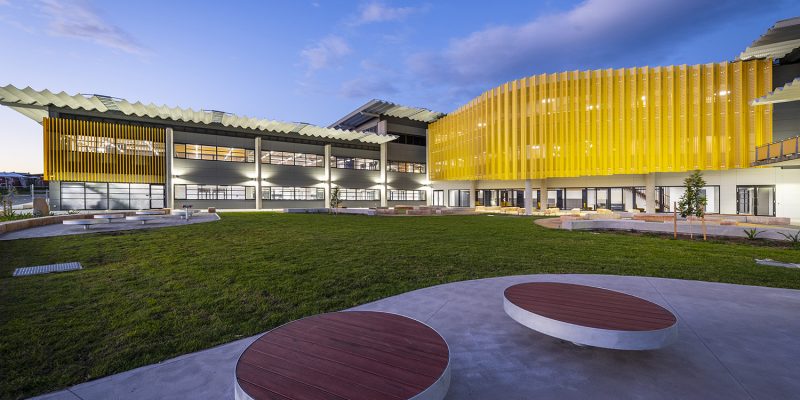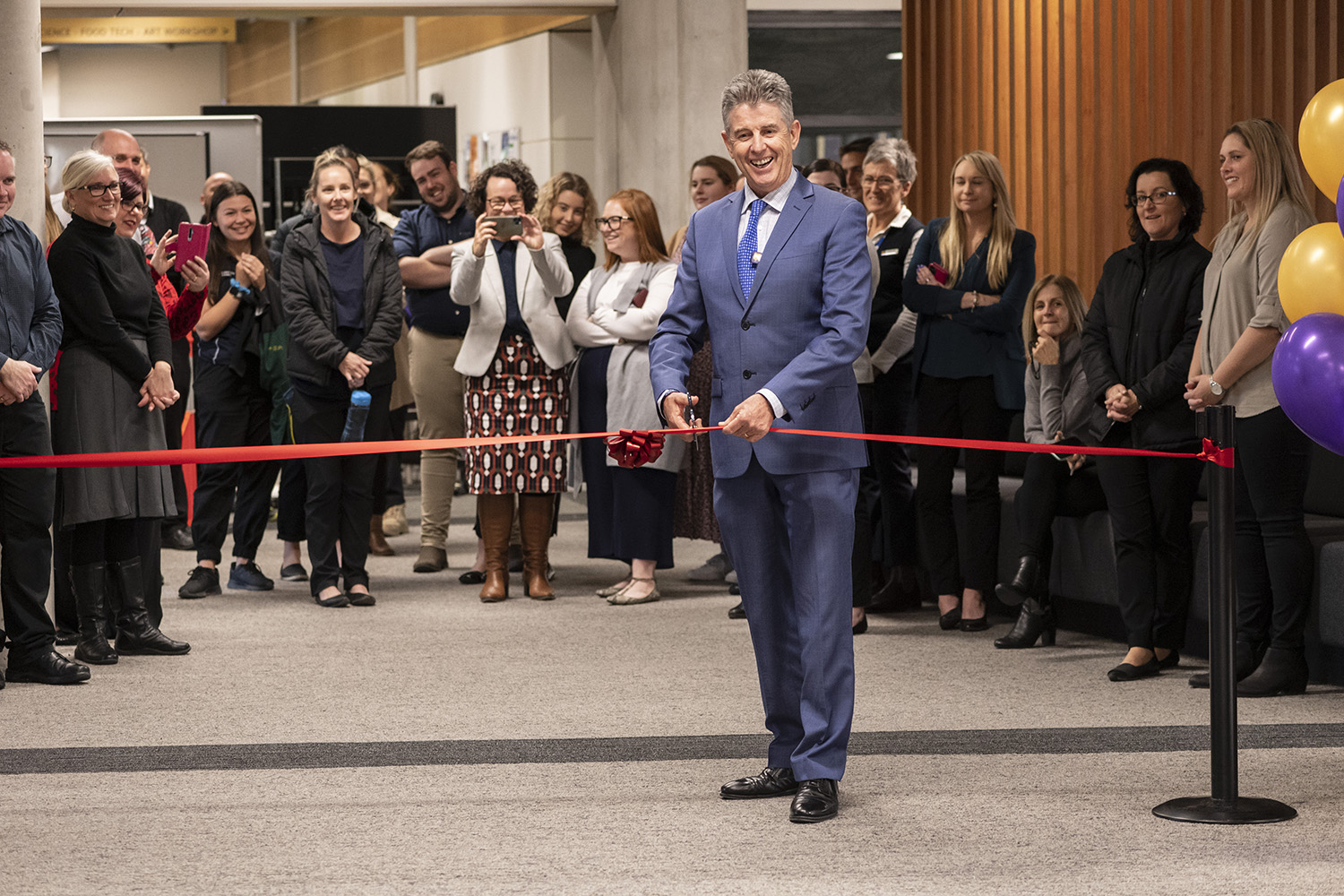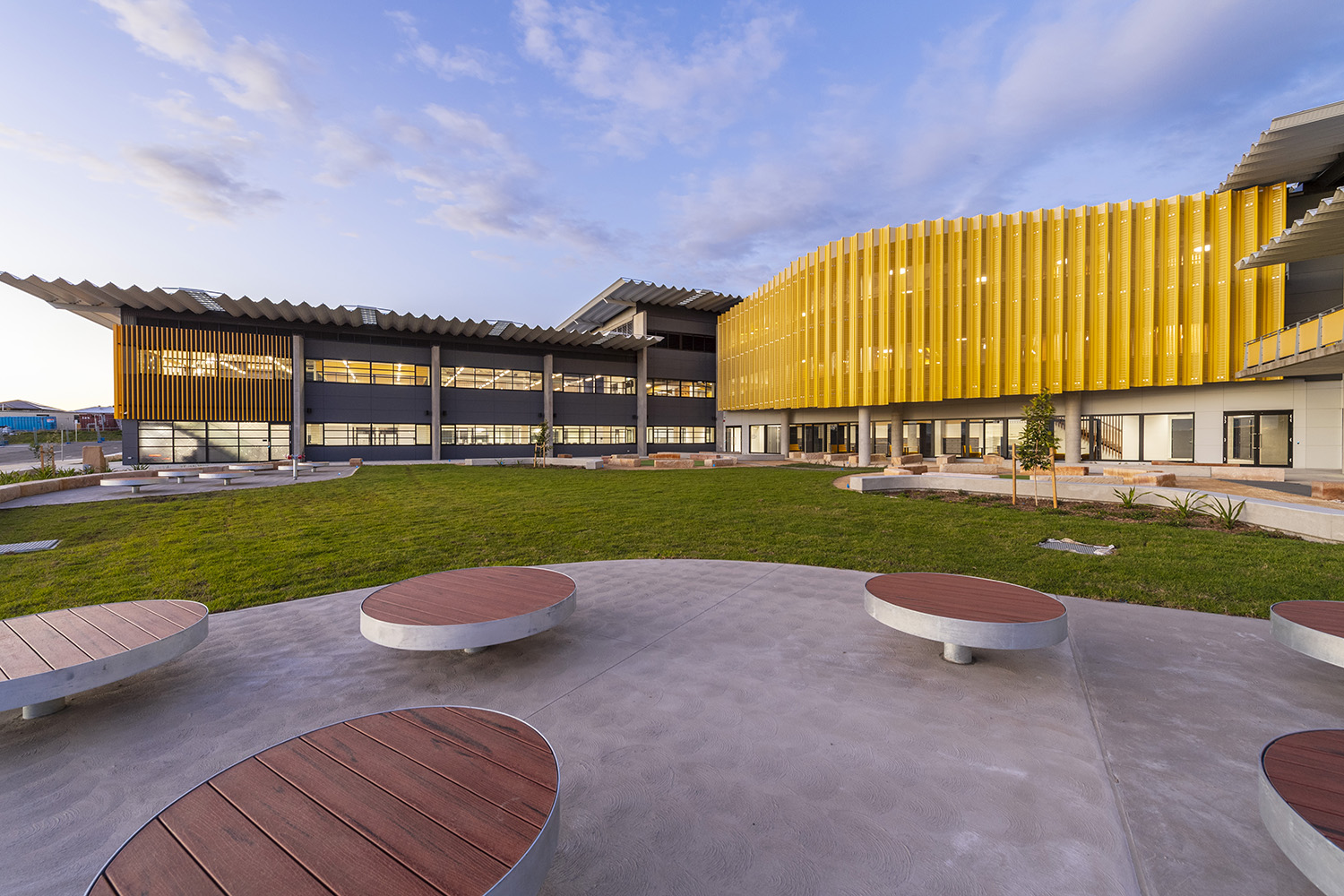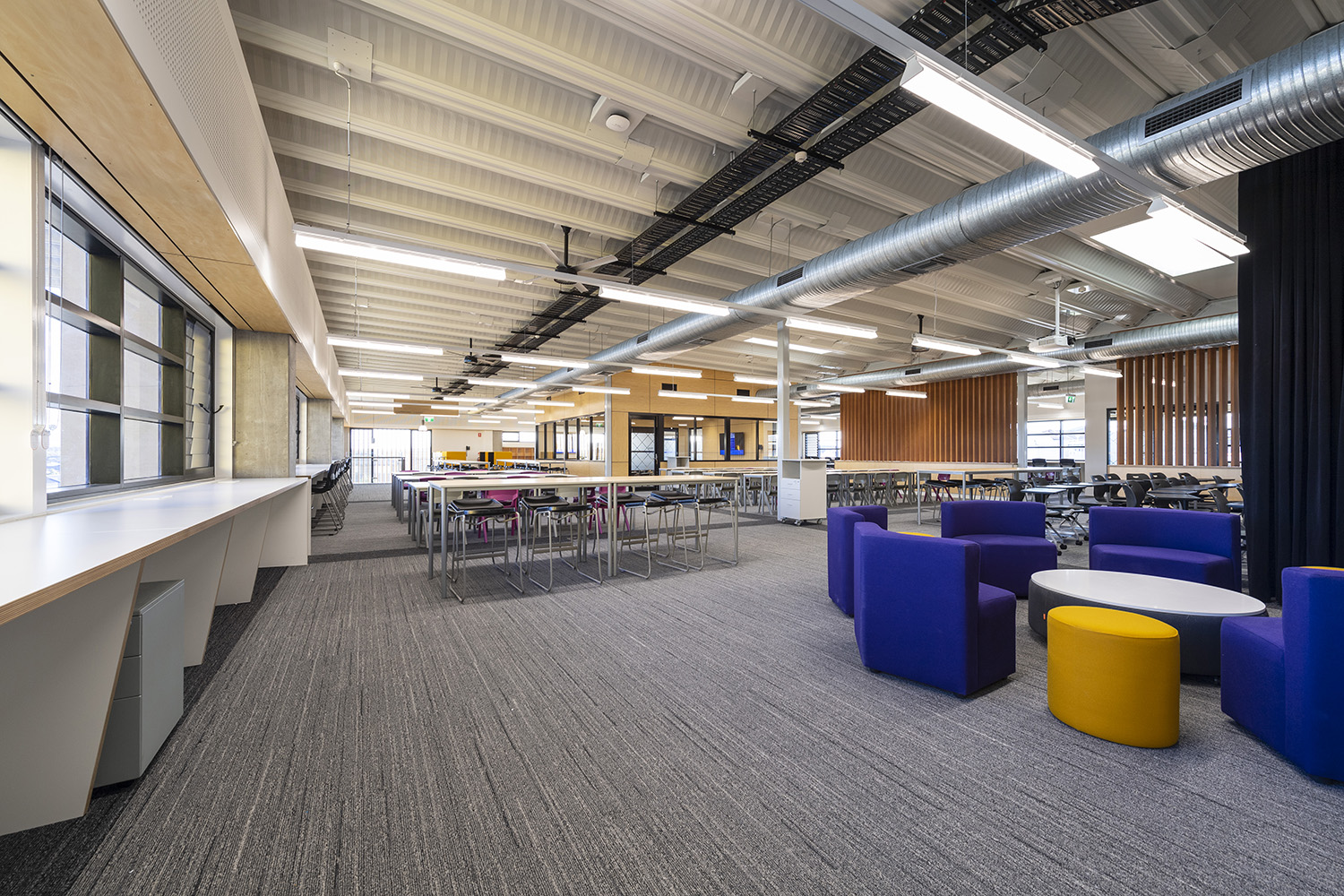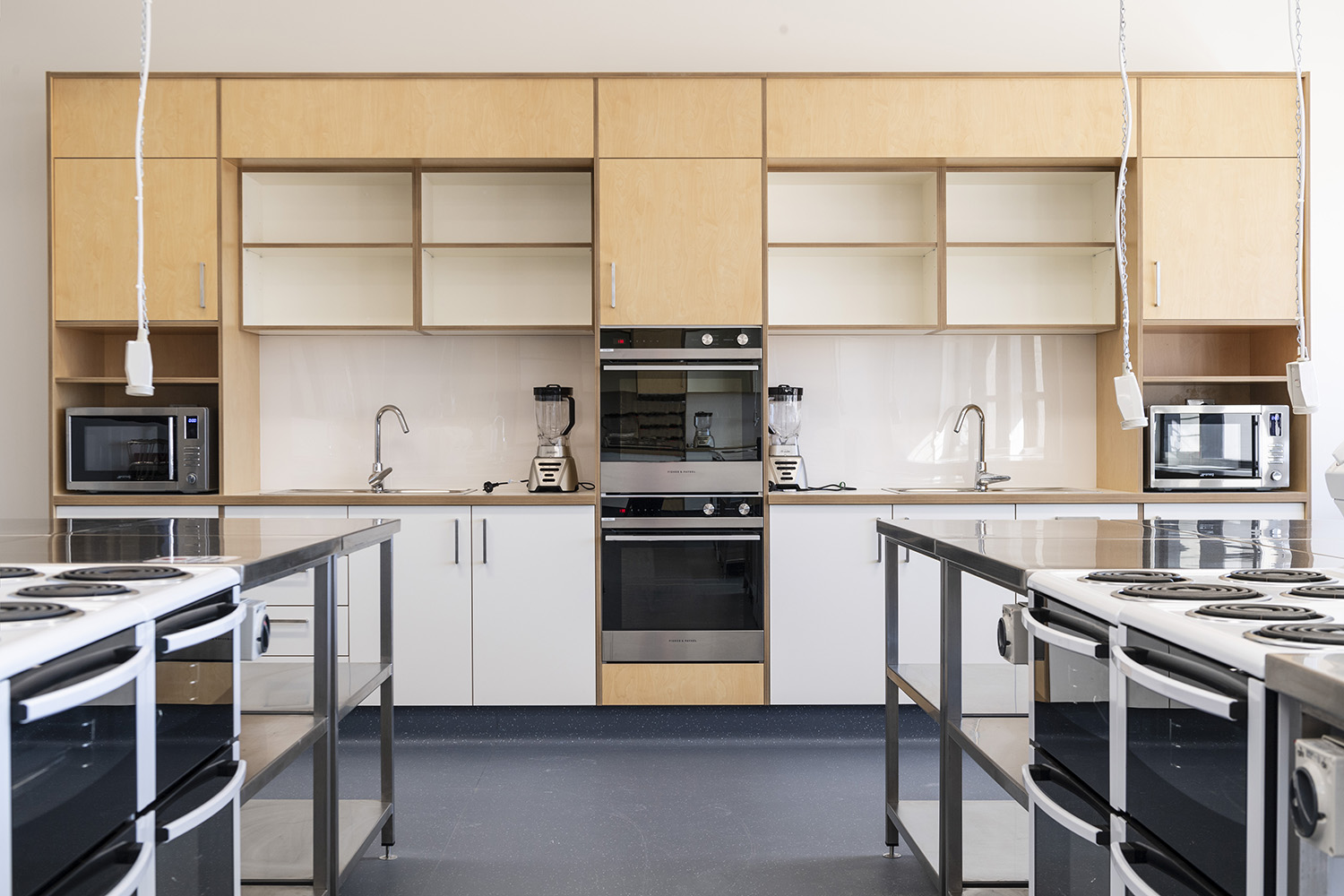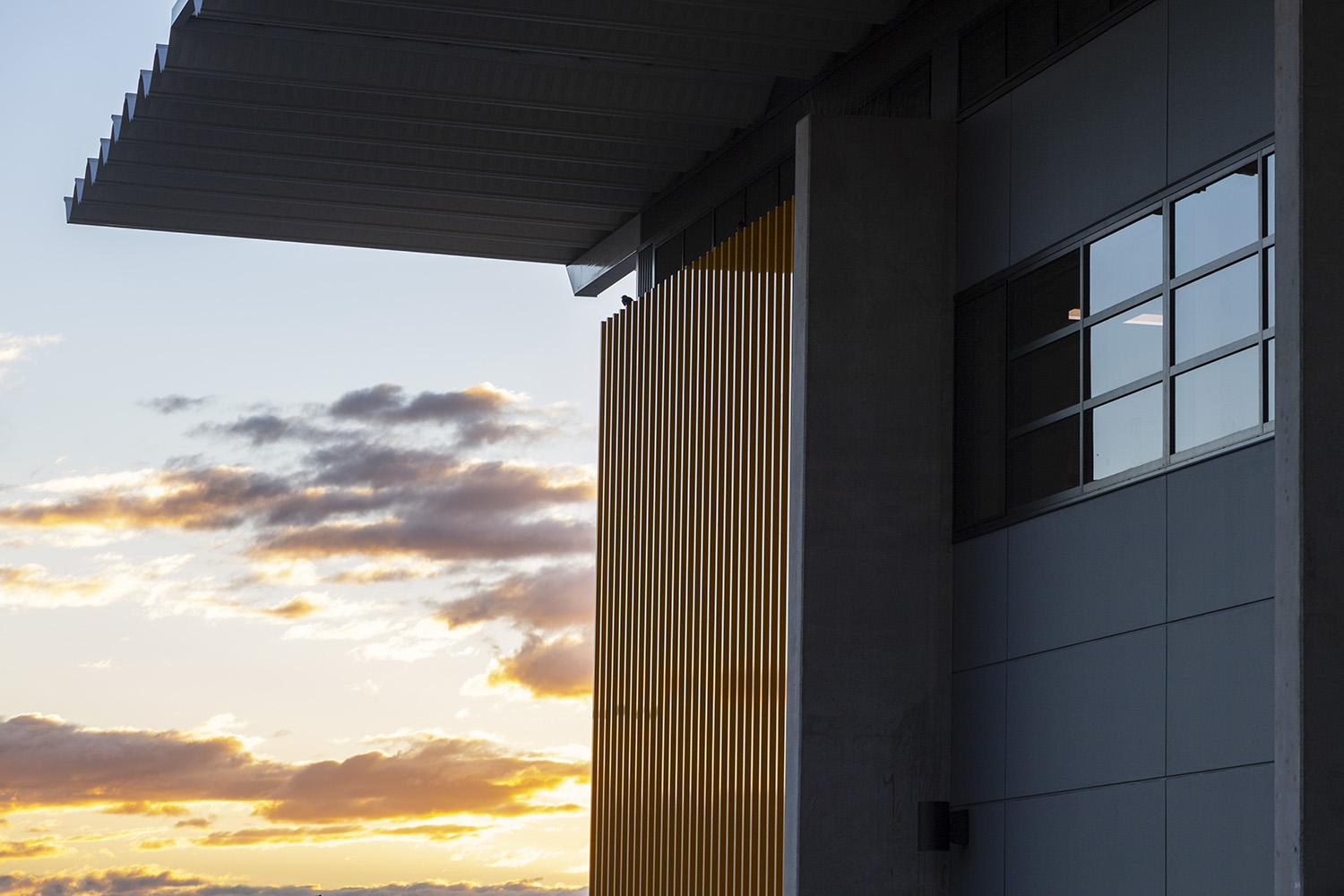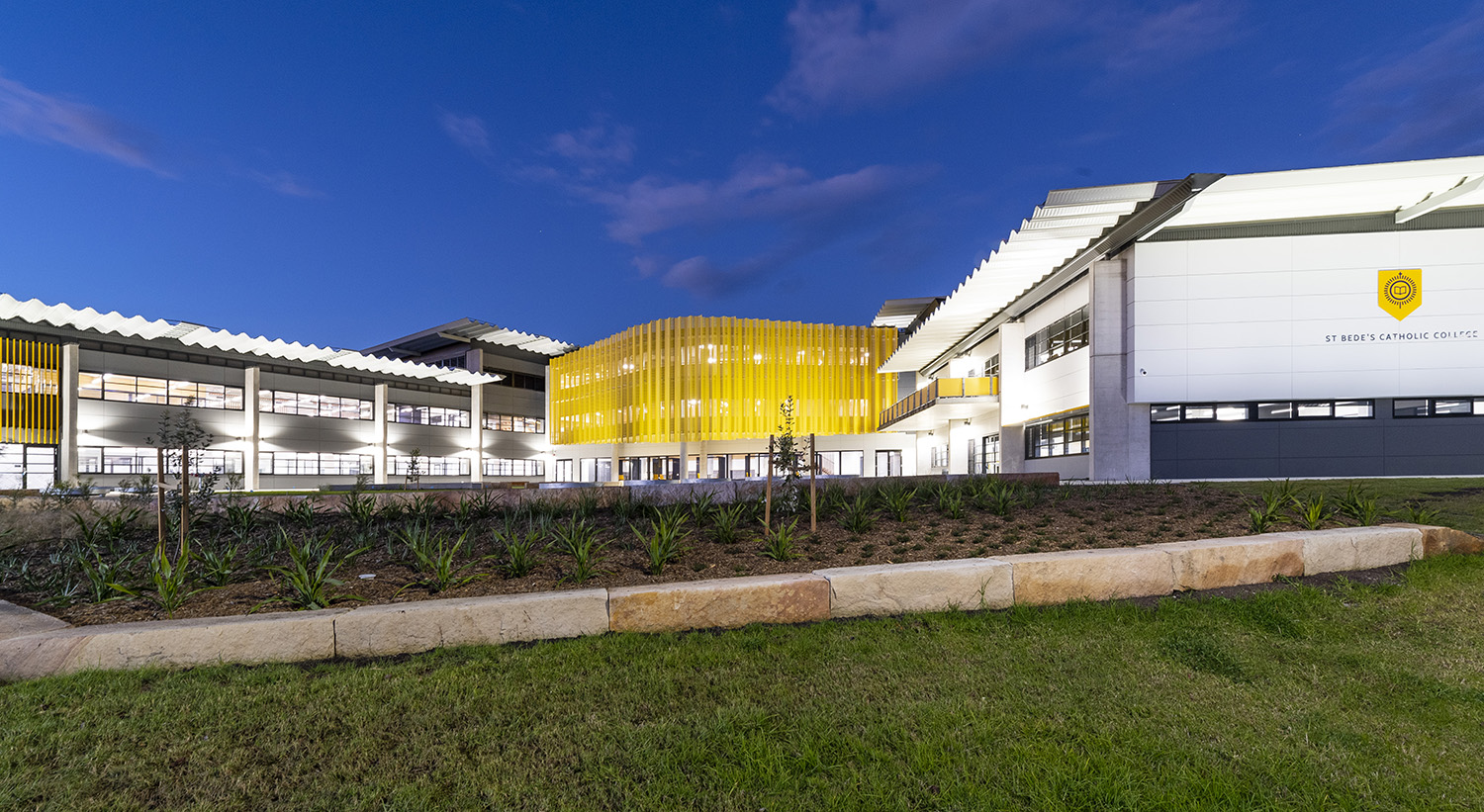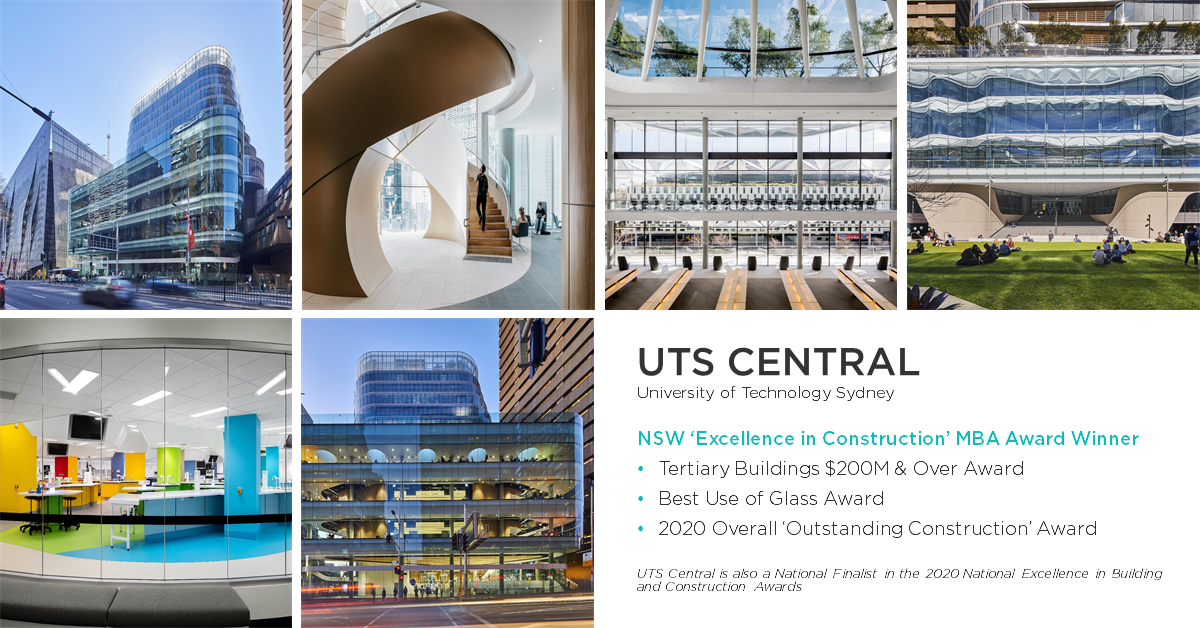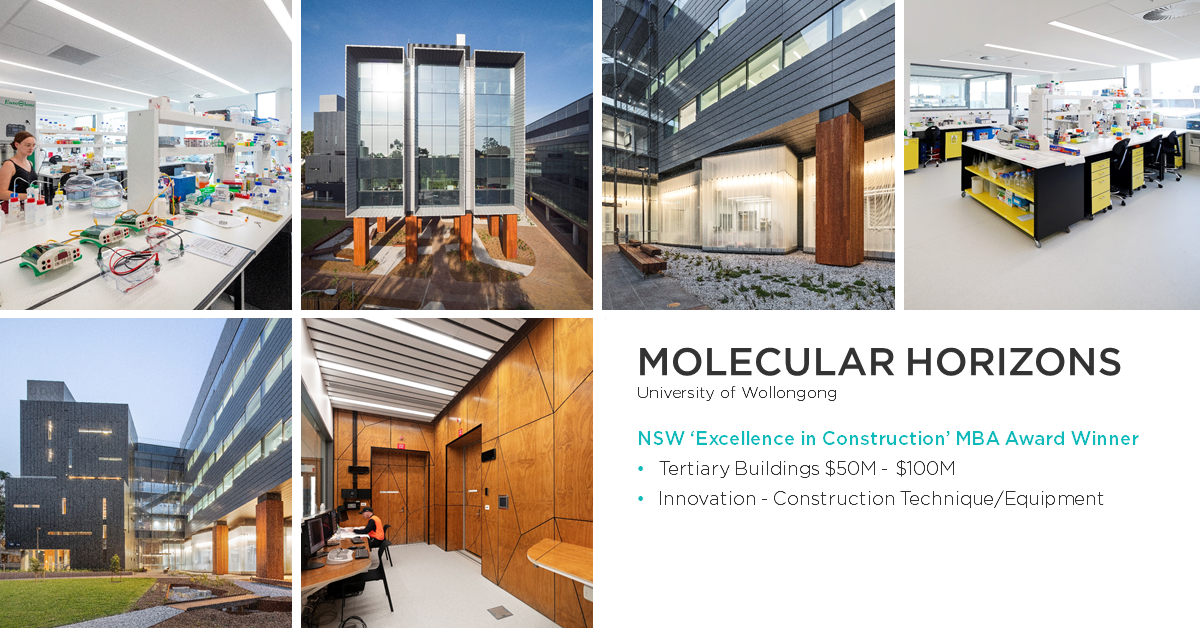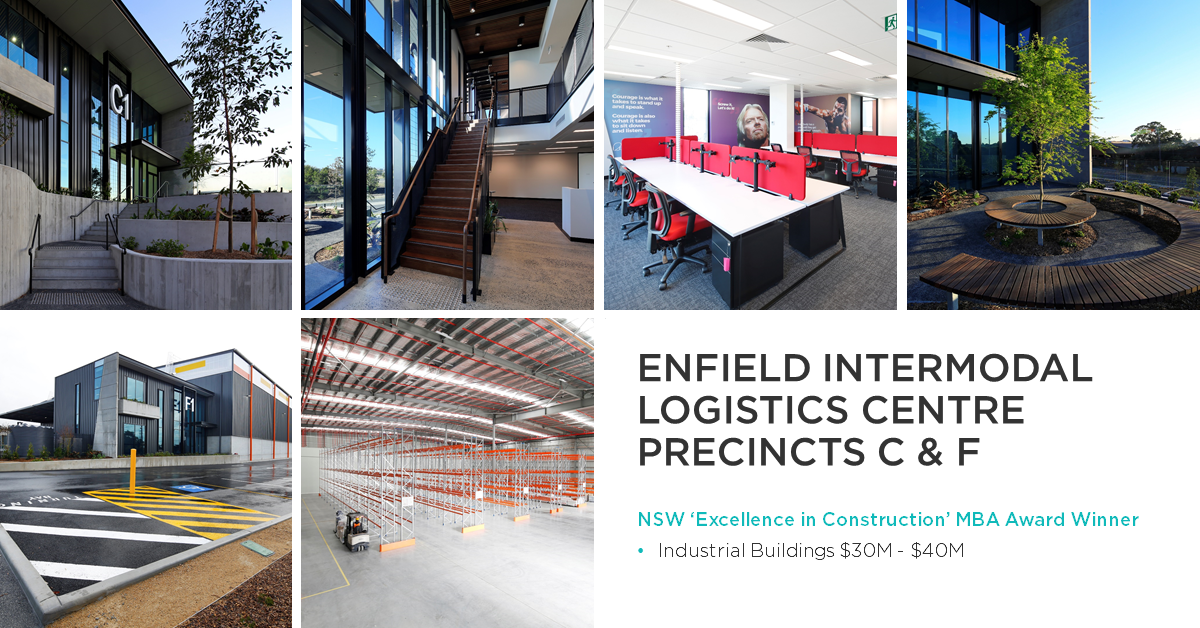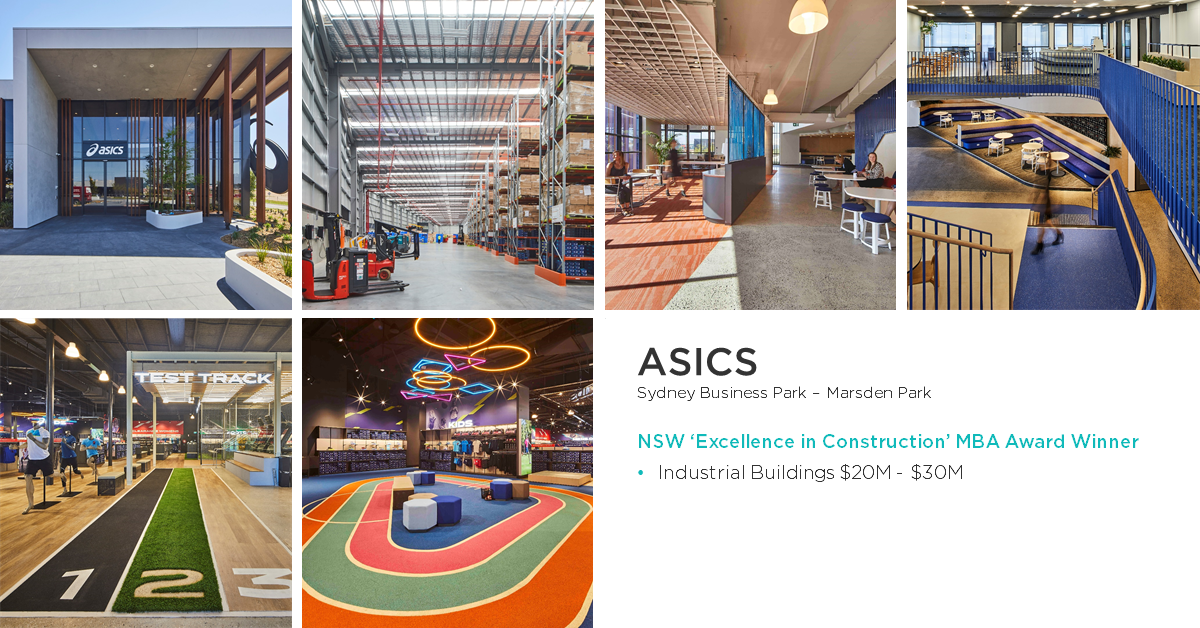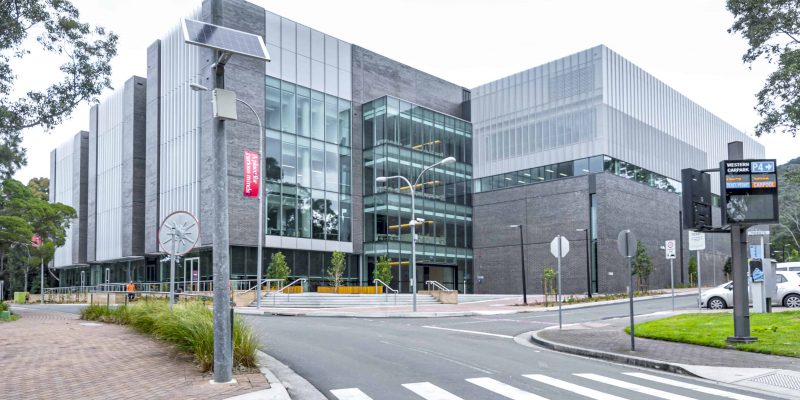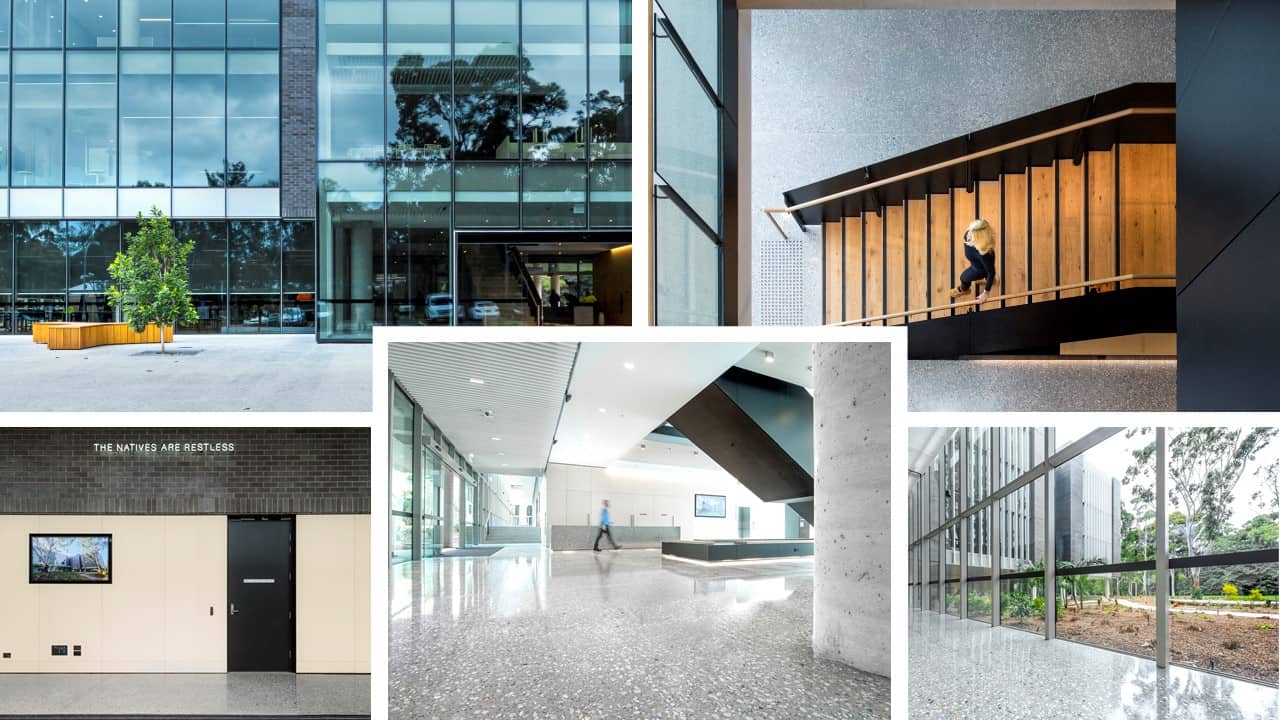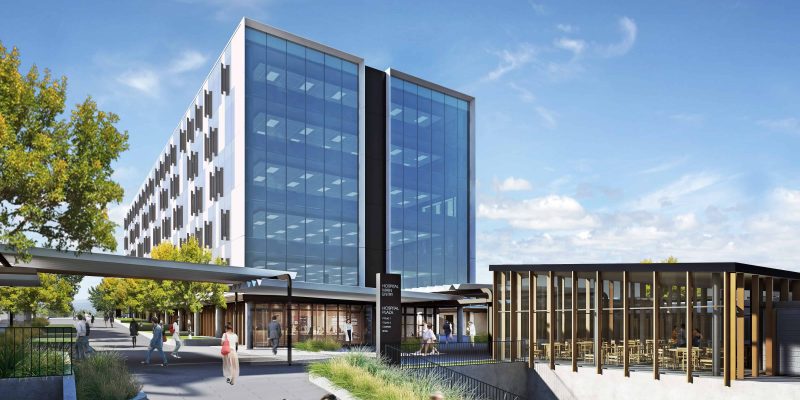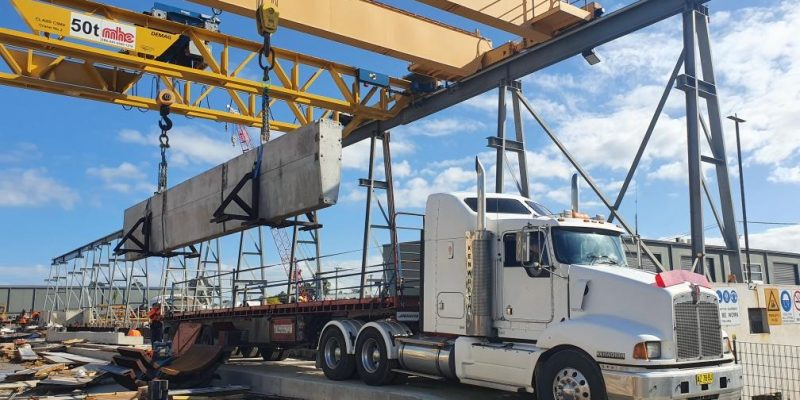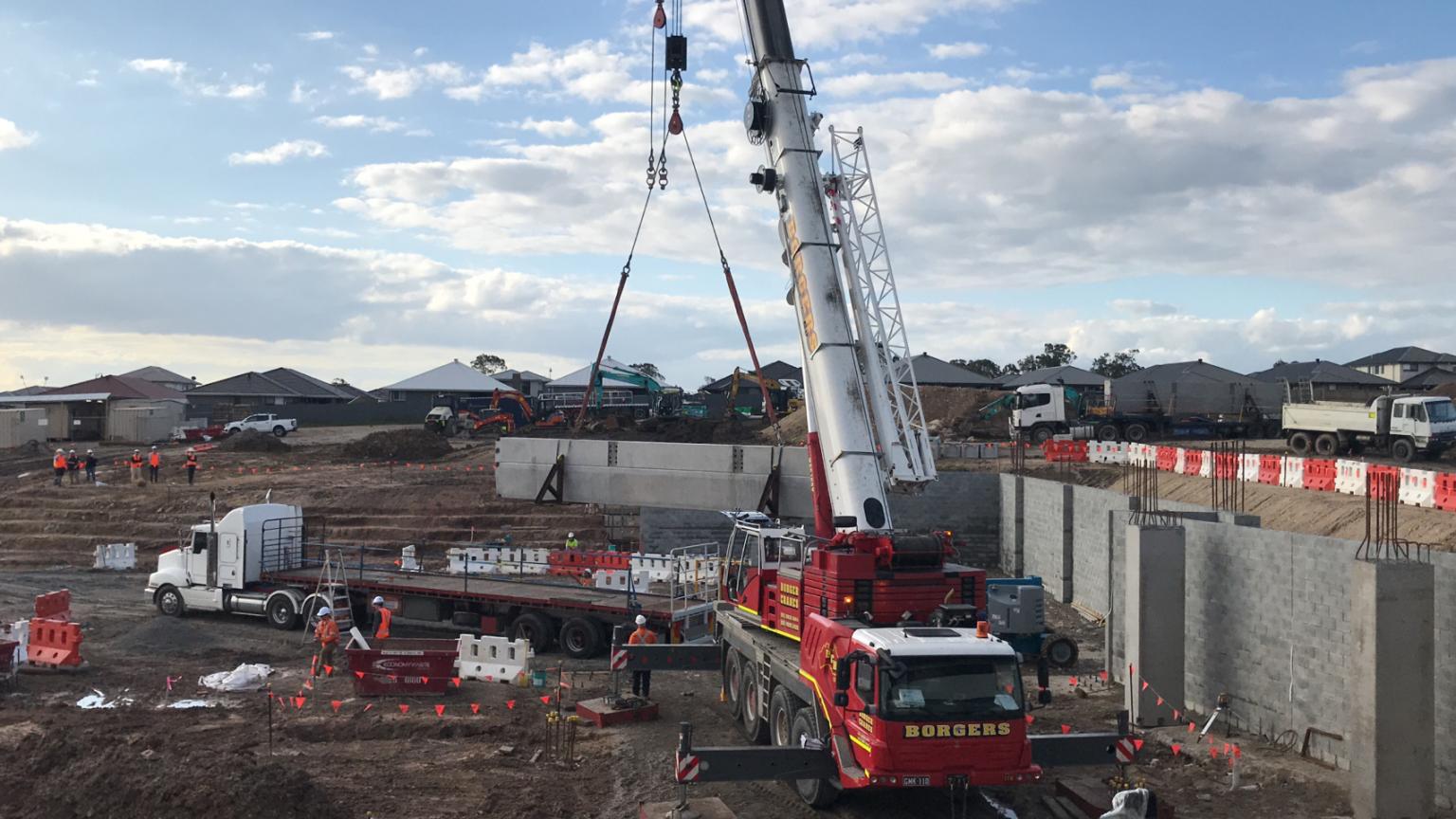Building a legacy with Educational Infrastructure
Having delivered over 400 education buildings across the public, private and tertiary sectors, we thrive on seeing the impact educational infrastructure has on students and communities. What drives us is the ability to deliver something new on every job and witness how it enhances the learning environment. Our partnerships with architects, designers and engineers are fundamental, as we work together to make our clients’ vision a reality.
Understanding for the future
As new technologies and pedagogies emerge, the physical form of schools support this evolution. We approach each unique building with the mindset to ‘create a better environment for teachers and students’, as well as increase the efficiency of investments in educational infrastructure. To do this, we look at education precincts through a lens that extends beyond the realms of brick and mortar.
Collaborating with teachers and students allows us to understand them and take this awareness into our planning. We can engage school-aged children to the process of construction, which will have a real impact on the diversity in our industry in 10 years’ time.
Our Senior Project Engineer, Isabella Spinolo, has been delivering the Student Engagement Program during the Monte Sant’ Angelo Mercy College Scientia project. This involves developing learning modules and taking students on site walks to show the inner workings of a construction project, as well as highlighting the myriad of career opportunities women can pursue in the industry.
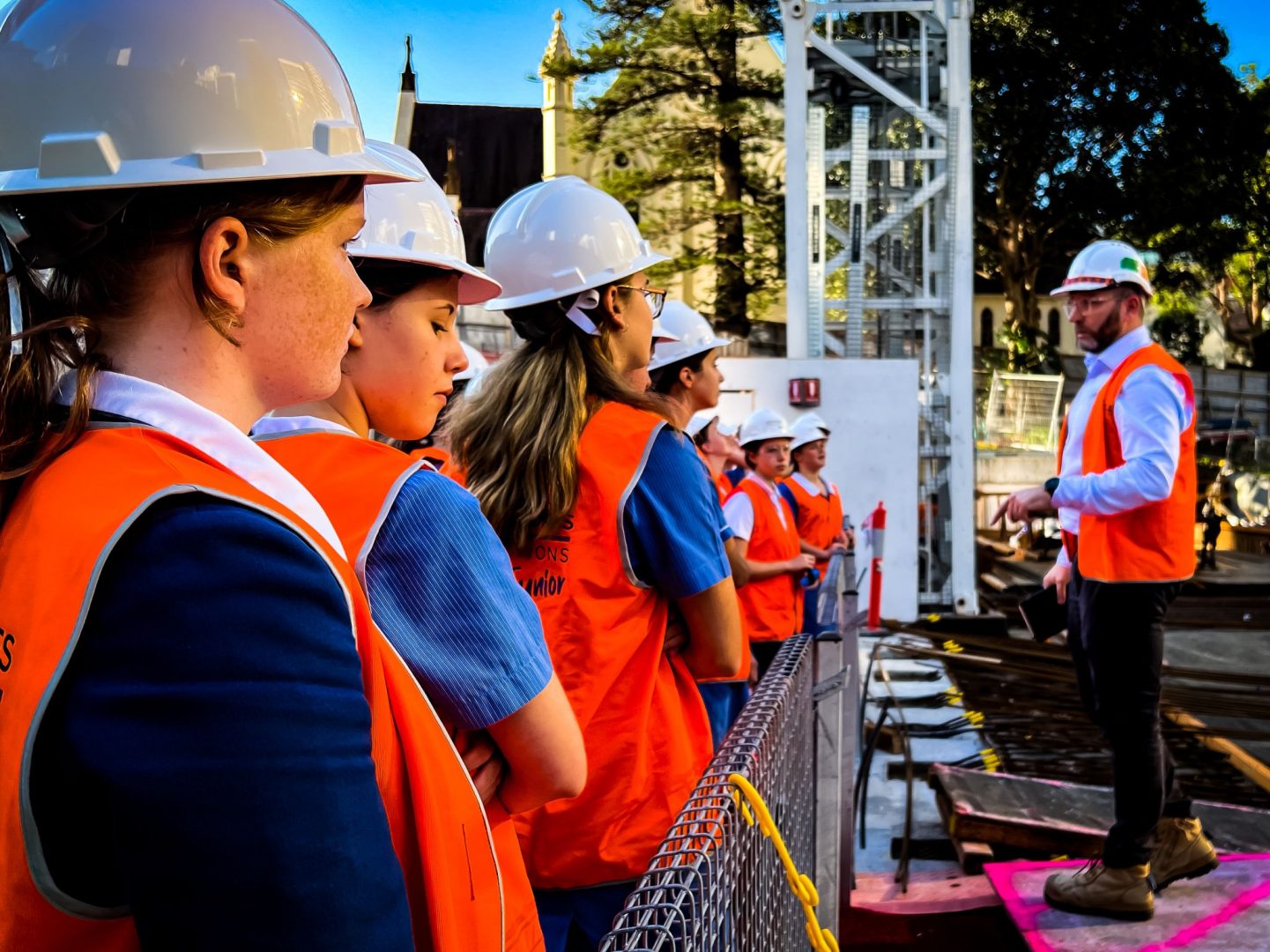
A shared vision with our partners
Innovative construction only becomes a reality when a collaborative team comes together and works hard to do something new. This is often fostered in the tertiary space, where universities invest heavily in planning and design to deliver student-centric, blended learning environments that attract the best professors and students from across the world.
The development of 6 Hassall Street (6HSL) is a prime example of these components in action. Coupled with dynamic university showcase spaces, user experience labs and technology-rich installations, the aim of 6HSL was to stimulate the best ideas in the brightest minds.
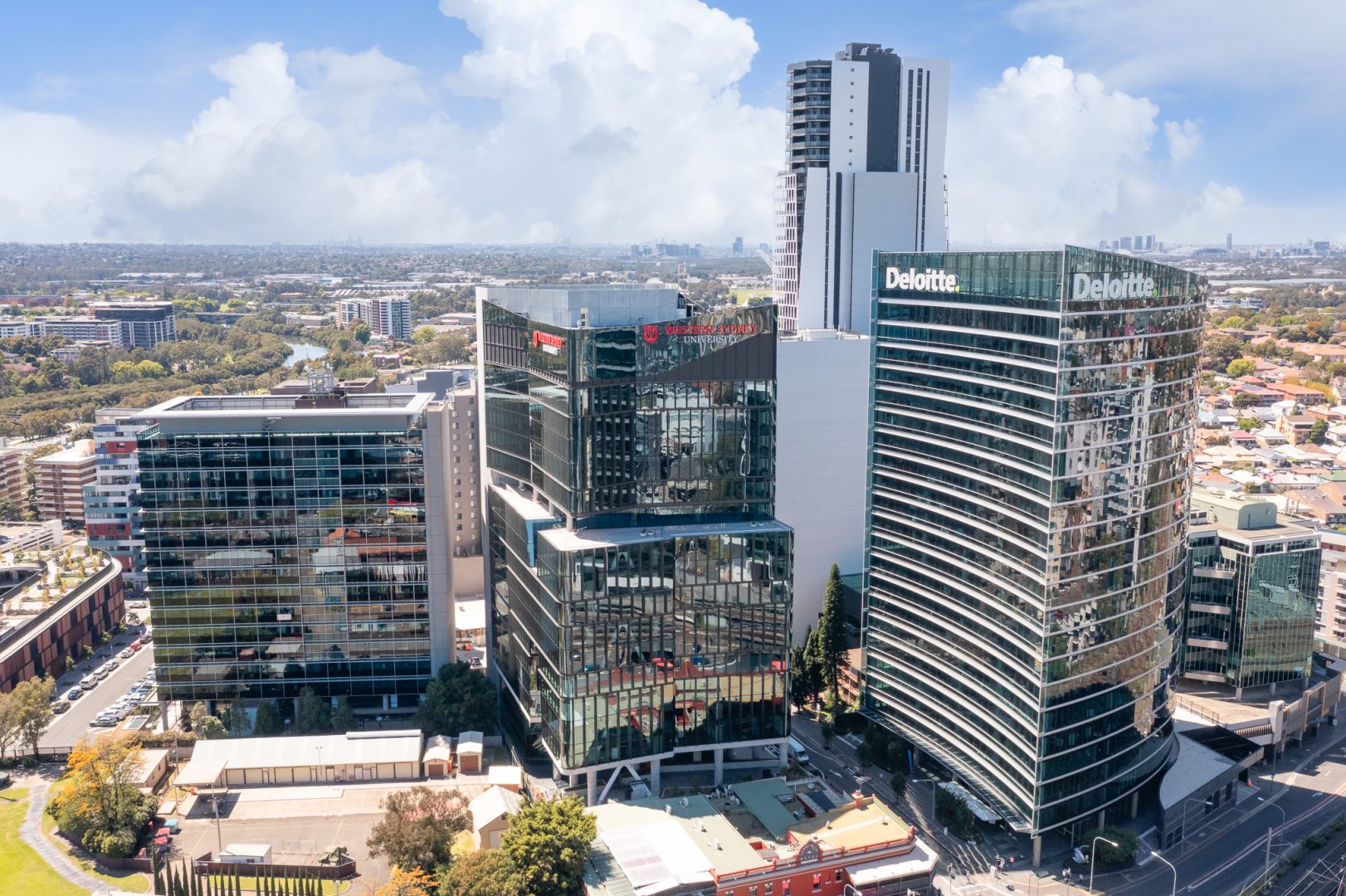 One aspect we love, is the building’s engineering being on display, providing an inspirational teaching tool to enhance student experiences. As a result, students can have an immersive, hands-on experience with real-life engineering that helped create the building they are learning in.
One aspect we love, is the building’s engineering being on display, providing an inspirational teaching tool to enhance student experiences. As a result, students can have an immersive, hands-on experience with real-life engineering that helped create the building they are learning in.
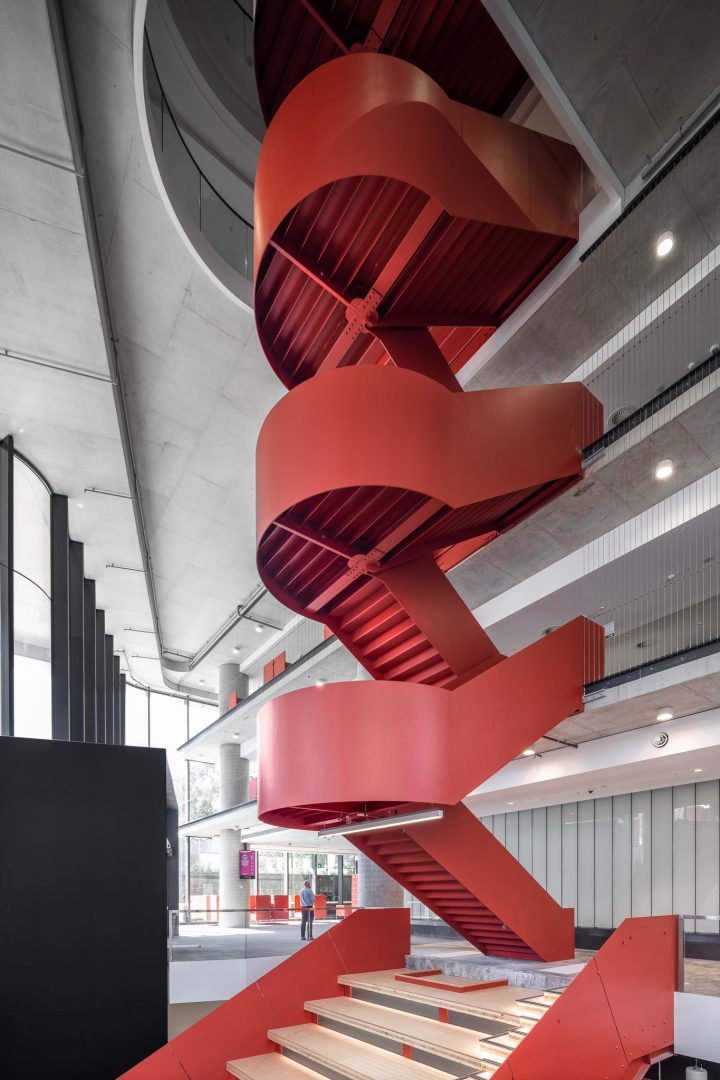
Space is the greatest asset
With the changing population densities and land values increasing across the state, now more than ever, we are focused on leveraging spatial elements to create the best possible learning experience. Accommodating students within a small CBD precinct whilst retaining access to outdoor play spaces is key.
Due to the heavy residential concentration surrounding Alexandria Park Community School, leveraging the spatial elements was critical when delivering the school. We developed multiple school buildings and a sports hall with rooftop COLAs. We identified additional places for break out teaching spaces, storage and increased play space. Our team also understood the requisite compliance and consultation processes that facilitated a smooth transition from design into construction in this environment.
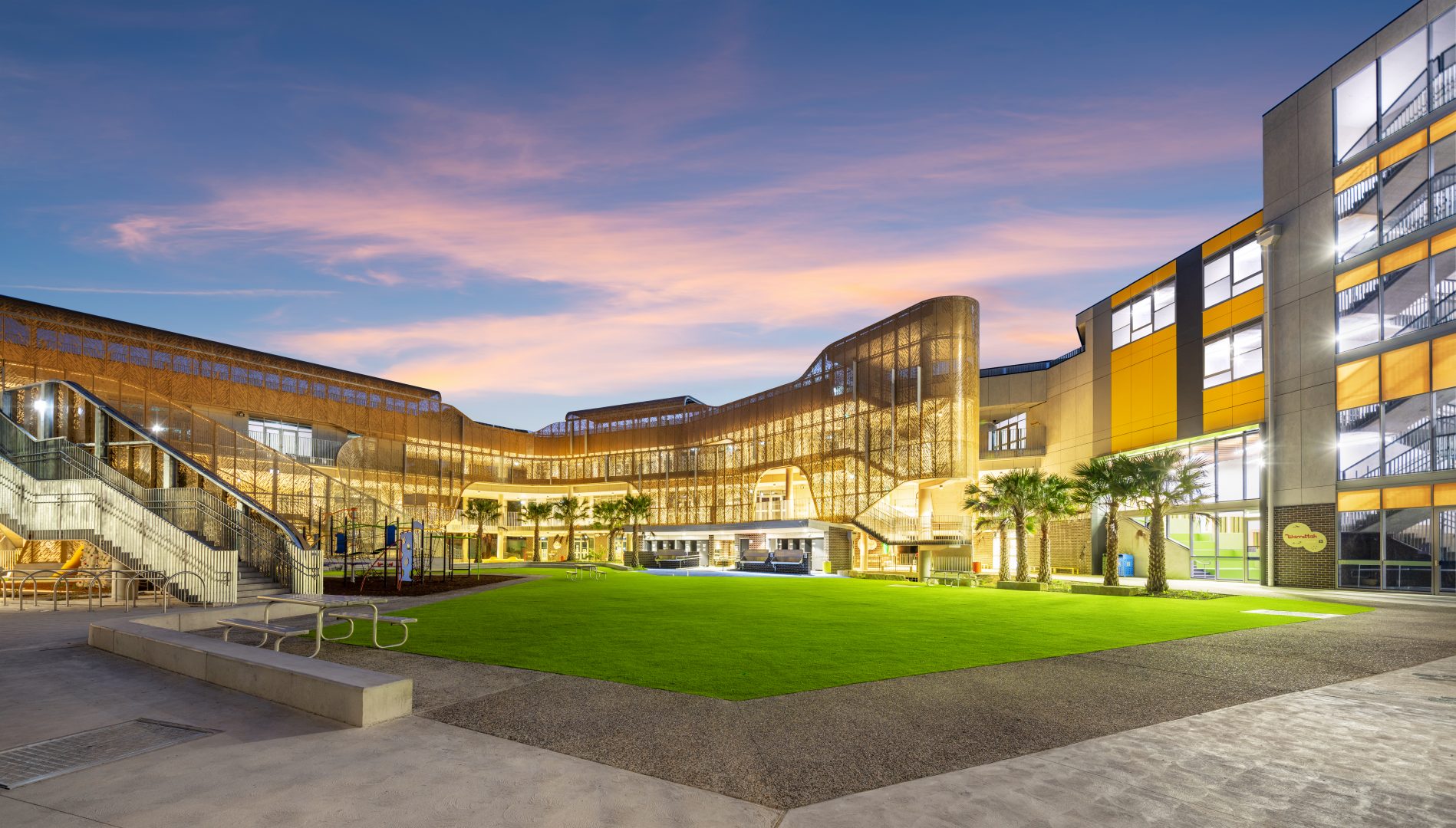
Leaving a lasting legacy
From the iconic UTS Central building, the Modular Schools Program – the first modular school projects in NSW – and Armidale Secondary College, we know that educational infrastructure has a huge impact on the communities where they reside.
Working with the industry’s best architects, consultants and engineers, we value bringing good design to life.
Our job is to carry these designs through by building durable, resilient and adaptable precincts that will last for generations.
